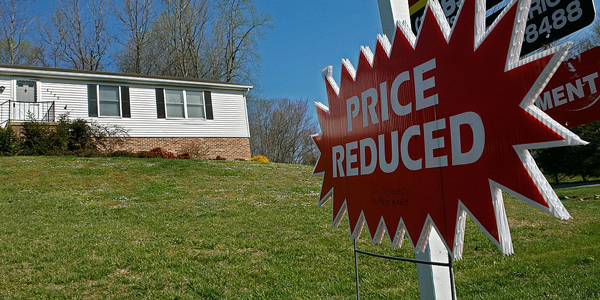Developers are using the Low-Income Housing Tax Credit program in poor areas like South Los Angeles — but the lack of affordable housing built in pricier areas like Beverly Hills may be a root cause of the city’s economic segregation.
Nearly two-thirds of the development in Los Angeles that was funded using the credits over the past decade has gone to homes where the average income is less than $40,000 a year, KPCC reported.
The program is meant to encourage affordable housing throughout the L.A. County, but developers are building repeatedly in the same areas, such as the neighborhoods that surround Downtown L.A. on the 110 Freeway, and near MacArthur Park — pockets that are often poor, troubled and segregated.
The tax credit program serves as a way for the county to see where affordable housing is being built. With the City of Los Angeles planning to invest $1.2 billion in housing for the homeless in the next decade, the percentage heading to higher-income neighborhoods will have to increase soon to avoid clustering the homeless population into segregated neighborhoods.
Building homes for the homeless and low-income housing in higher income neighborhoods comes with many obstacles however, developers say. Reasons include higher construction and labor costs, strict parking requirements and often times, neighborhood backlash.
City Council member Mike Bonin said it helps to educate residents inpricier areas — like Marina del Rey, a district he represents — and show low-income development will not alter the character of their neighborhoods.
“How do you get folks to buy into the idea of homeless housing in their neighborhoods? It’s a really tough one because when folks hear it, they envision a shelter… with tents outside. And that’s not what we’re talking about,” he said at a Los Angeles Business Council summit last year. “So I’ve taken constituents on a bus tour of affordable and homeless housing on the Westside. When you drive by, you can’t tell which building is which.”
An analysis of state treasury records showed that 43 cities out of the county’s 88 never even touched the tax credits. This presents an issue for a county that has homeless residents in nearly every neighborhood.
Wealthier cities using the program — West Hollywood, Pasadena, Glendale and Santa Monica — have increased their low-income housing options, suggesting the program can in fact work when political will meets development desire. [KPCC] – Natalie Hoberman
